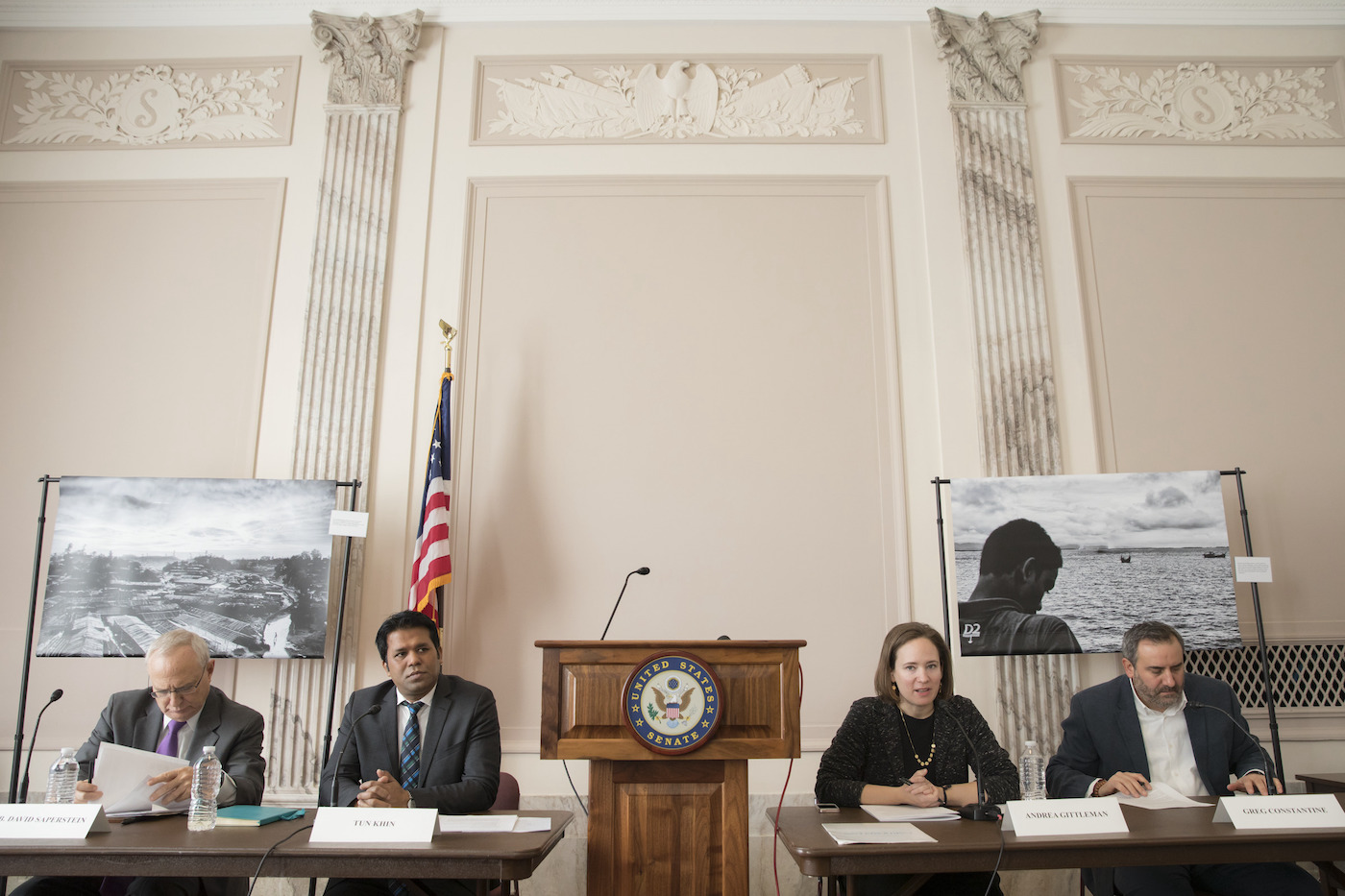September 05, 2023

By Tallan Donine
“In the face of mass atrocities,” according to the current administrator of the US Agency for International Development, Samantha Power, “you have a responsibility to open your toolbox and look at every tool in the toolbox, and scrutinize and assess whether or not the benefits of employing this tool outweigh the costs.”
The concept of a toolbox is valuable in identifying a large number of actions that could be used to help prevent mass atrocities. It is a powerful way to counter the misconception that policy makers’ choices when facing a mass atrocity crisis amount to acquiescence or forceful intervention.
In contrast to the toolbox, existing atrocity prevention resources have paid surprisingly little attention to the question of strategy. Without a framework for thinking about strategies, however, responses to atrocity crises risk being scattershot collections of discrete actions that fail to reinforce each other.
To address this gap, the Simon-Skjodt Center for the Prevention of Genocide released a new report, “A Strategic Framework for Helping Prevent Mass Atrocities.”
What is a strategy?
By strategy, we mean the ways in which a set of actions are thought to help achieve a stated goal. Strategies describe the actions’ immediate effects and how they, in turn, help prevent mass atrocities.
This report describes four strategies that could be used to prevent mass atrocities:
- dissuading potential perpetrators from committing mass atrocities,
- degrading potential perpetrators’ capacity to commit atrocities,
- protecting vulnerable civilian populations, and
- facilitating leadership or political transition.
Each strategy follows a distinct logic, but they are not necessarily mutually exclusive. A comprehensive approach in a particular case might well mean pursuing more than one of these strategies.
Why do strategies matter?
Preventing mass atrocities is both an imperative and a profound challenge. One way to improve decision making in response to atrocity risks is to foster more systematic consideration of strategies, or mechanisms that connect specific actions to immediate effects and ultimate impact.
Thinking about atrocity prevention strategies can help decision makers choose which specific tools to use and how to design and implement them for greatest effect.
Over time, experience should lead to more refined thinking about the nature of atrocity prevention strategies, greater understanding of how different tools support different strategies, and insights about how to improve decision-making processes themselves.
Both this strategic framework and our Tools for Atrocity Prevention website—where users can explore the results from a systematic review of 30 years of research on 12 atrocity prevention tools—are meant to help people think through how to help prevent mass atrocities.
These resources don’t provide a formula for preventing atrocities. No general framework or review of research can take the place of context-specific analysis. However, strategic considerations and the use of research findings can help improve the likelihood of success at preventing mass atrocities.
Read the full report on atrocity prevention strategies and explore how strategies are incorporated into the interactive Tools for Atrocity Prevention website.
Tallan Donine is a research assistant with the Simon-Skjodt Center.
View All Blog Posts